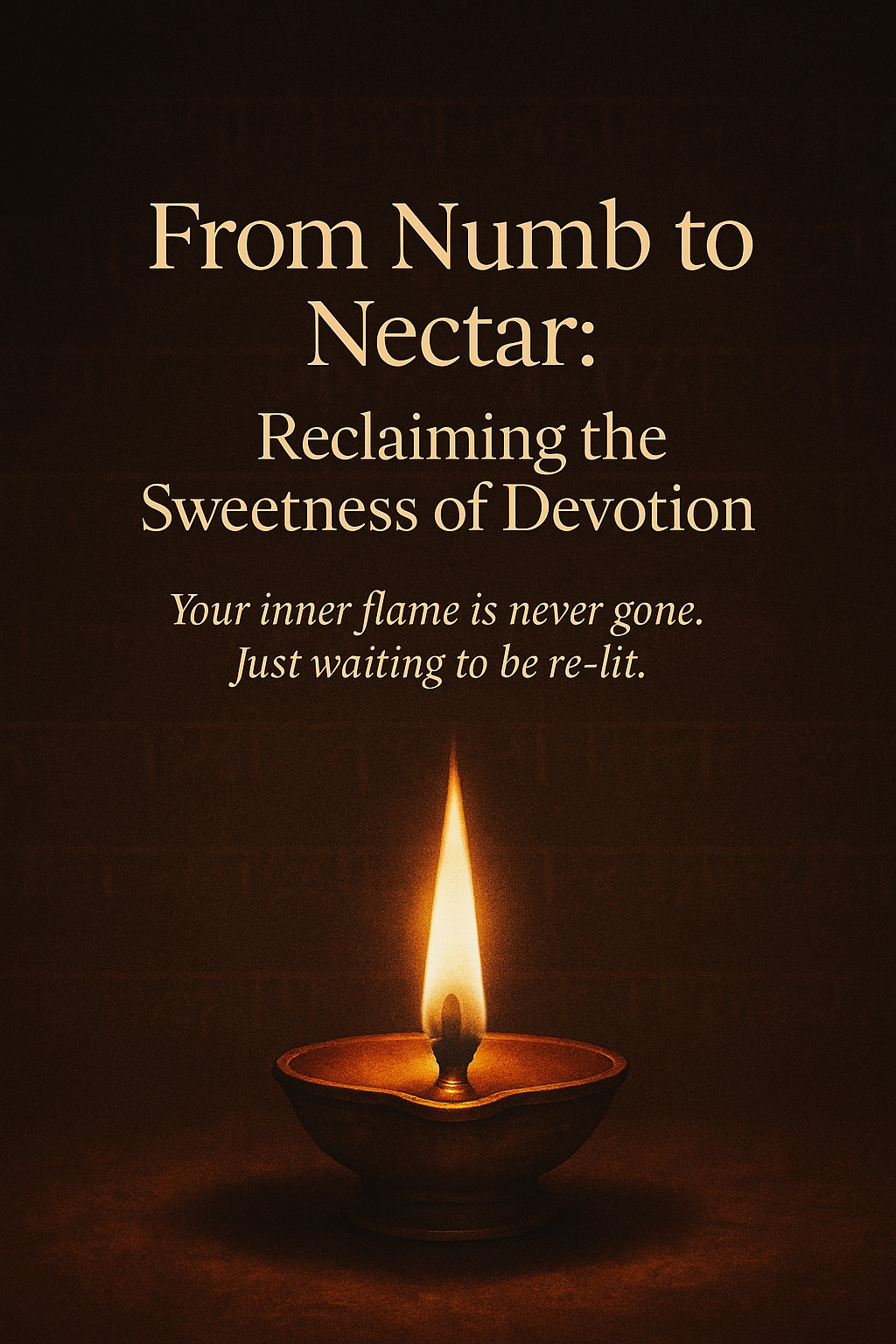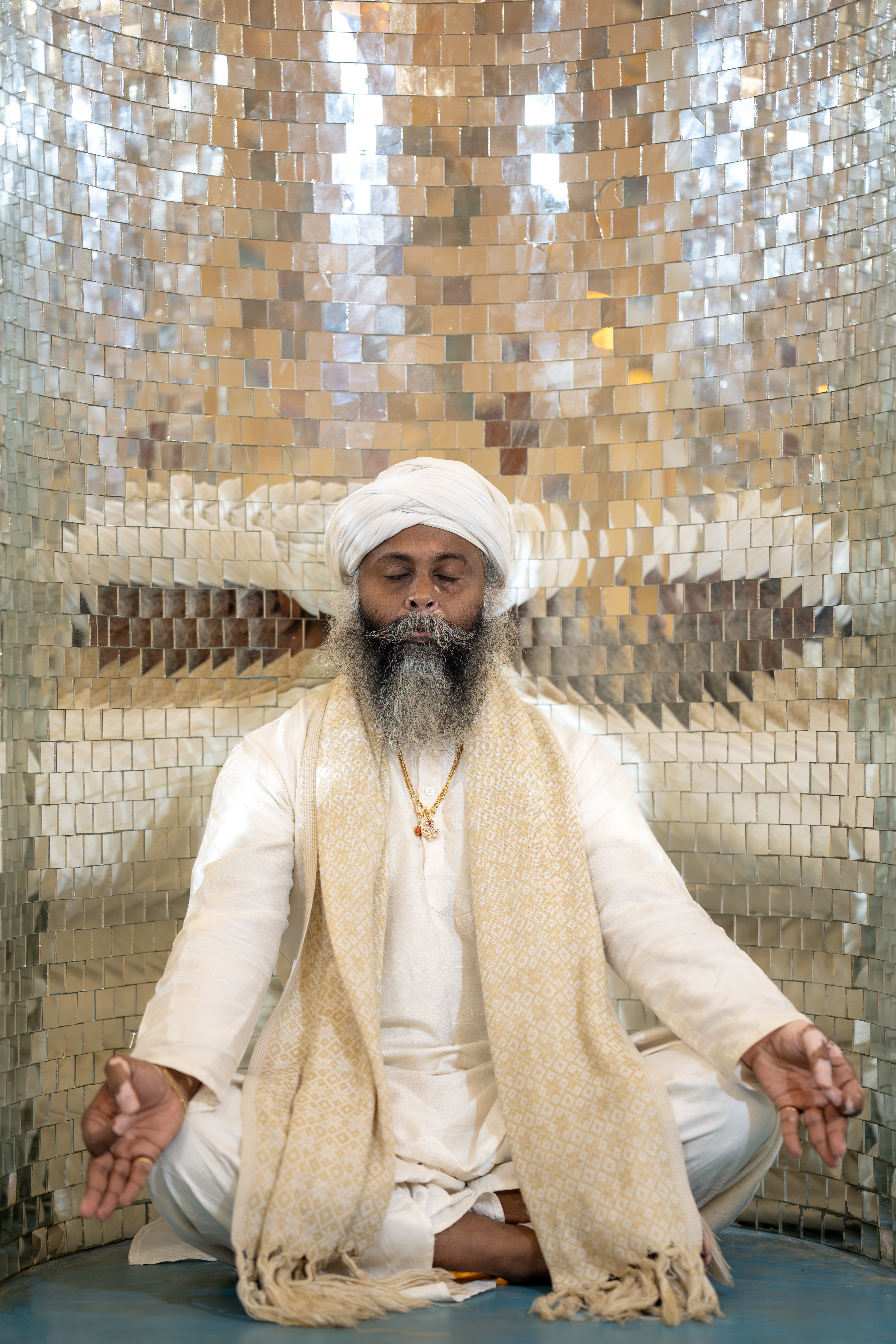Releasing trauma is a challenging and exhausting journey that demands immense courage and energy. It requires facing painful memories and deep-rooted fears, often leaving you drained. However, while letting go is tough, holding onto trauma proves even more exhausting as it colors your daily experiences and restricts your ability to truly enjoy life.
When trauma is unresolved, it manifests as chronic anxiety, depression, or physical illness. It locks you in a survival mode, where each day feels like a battle filled with triggers and a diminished capacity for joy and connection. The false sense of control that comes from burying trauma ultimately costs mental and emotional energy, inhibiting true healing.
Letting go of trauma is an act of self-love, vital for reclaiming your life and achieving inner peace. Despite the energy it requires, each step toward release brings a sense of lightness and new possibilities. The process, though difficult, leads to clarity and the freedom to experience life to its fullest.
Read more...The blog post delves into the importance of confronting the hidden aspects of ourselves—our mistakes, fears, and regrets—that, when ignored, can hinder growth and cloud our self-worth. It suggests that true transformation lies in illuminating these dark parts with forgiveness and self-compassion, enabling profound healing. By acknowledging and understanding these less comfortable aspects, we unlock the potential for significant personal growth and self-discovery.
The process requires recognizing that these shadows are a natural part of the human experience, rather than flaws to be hidden. Through curiosity and compassion, we can shed light on and address the sources of our self-sabotage, anxiety, and anger. This journey of acknowledgment and illumination involves self-honesty and creating space for healing, allowing us to identify and change limiting patterns of behavior and thought.
Forgiveness emerges as a crucial component in this transformative journey. By letting go of guilt and resentment, we empower ourselves to move beyond past actions and embrace our humanity, understanding that we acted with the knowledge we had at the time. This acceptance fosters resilience and a deeper connection with our true selves, transforming struggles into strengths and paving the way for greater self-awareness and inner peace.
Read more...Yama Deepam, observed during the Diwali festival, is a significant Hindu ritual dedicated to Lord Yama, the god of death and justice. This tradition, noted for its spiritual significance, involves lighting a lamp in honor of Yama to protect against untimely death and bring peace to ancestors' souls. Celebrated on the second day of Diwali, the ritual marks Lord Krishna's victory over the demon Narakasura, symbolizing the triumph of good over evil.
The central ritual of Yama Deepam involves lighting an oil lamp and placing it outside the home facing the southern direction, associated with Yama and departed ancestors. Families clean their homes to invite positive energies and recite prayers, including the Yama Gayatri Mantra, to seek Yama's blessings for longevity and safety. Additionally, offerings such as flowers, sweets, and food for crows, deemed messengers of Yama, are made to honor both Yama and ancestors.
Beyond its traditional observances, Yama Deepam imparts significant lessons on life’s impermanence and the cycle of birth and death, encouraging a life of integrity and righteousness. This reflective practice dispels the darkness of ignorance and fear, replacing it with wisdom and spiritual clarity. By participating in Yama Deepam, one aligns with ancient wisdom, acknowledging the natural order while seeking divine protection and guidance.
Read more...Paramhansa Yogananda’s teachings emphasize that the potential for healing resides within each individual, independent of external forces. It is an intrinsic capability of the soul, which, through practices like meditation and spiritual discipline, can be harnessed for holistic well-being. Healing, as outlined by Yogananda, extends beyond physical ailments, reaching into mental and spiritual realms, achieving harmony with the larger cosmic consciousness.
Yogananda believed true healing begins at the level of consciousness, with the mind, body, and spirit working in synchrony. When there is disharmony between one's soul and the universe, dis-ease manifests in varied forms. By restoring this balance through inner alignment and awareness, we tap into the life force or prana, which brings wholeness and healing to our being.
Moreover, Yogananda emphasized the role of faith and belief in the healing process, noting that faith can align thoughts and emotions towards healing goals, whereas doubt can block this energy flow. The soul’s healing energy, once awakened, is not confined to self-healing but can be shared with others, enhancing collective well-being. Through positive affirmations, self-discipline, and service to others, we not only heal ourselves but can also become vessels of healing for the wider world, embracing a mission of compassion and unity.
Read more...Music and mantra, while both rooted in sound, serve uniquely distinct roles in our spiritual and emotional explorations. Music engages the aesthetic senses by evoking emotions and creating stories through harmonies and rhythms, offering a subjective experience that stirs the soul. In contrast, mantra transcends this emotional realm, operating within the scientific precision of frequencies and cosmic mathematics, underscoring its deeper spiritual significance.
Mantras are structured as precise sequences of syllables and vibrations that align with universal consciousness, as seen in ancient Vedic traditions. These sacred sounds, such as the primordial "Om," function through vibrational resonance to unlock healing and spiritual potentials, beyond mere emotional expression. Unlike music, mantras utilize specific mathematical patterns to connect individuals to higher cosmic energies, facilitating spiritual growth and transformation.
Despite their differences, music and mantra often intersect, especially within spiritual practices where music serves as a vehicle for mantra. This synergy can be observed in practices like Kirtan, where devotional singing intertwines with mantra chanting to enhance the meditative experience. Thus, music and mantra together encapsulate the duality of human experience—emotional and divine—by offering pathways to both emotional release and spiritual enlightenment.
Read more...
